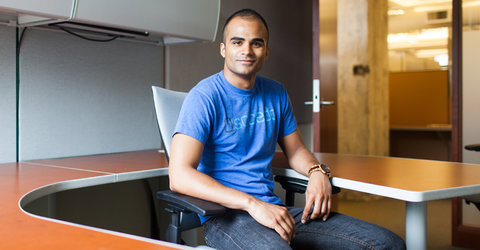But a quarter of a mile off a one-lane road here, tens of thousands of liters of counterfeit spirits were distilled, pumped into genuine vodka bottles, with near-perfect counterfeit labels and duty stamps, and sold in corner shops across Britain. The fake Glen’s vodka looked real. But analysis revealed that it was spiked with bleach to lighten its color, and contained high levels of methanol, which in large doses can cause blindness.
No one knows the harm done to those who drank it — or whether they connected any illness with their bargain vodka — but cases of poisoning have been reported throughout Europe, including in the Czech Republic, where more than 20 people died last year after drinking counterfeit liquor.
The Europe-wide scandal surrounding the substitution of cheaper horse meat in what had been labeled beef products caught the most attention from consumers, regulators and investigators this year. But in terms of food fraud, regulators and investigators say, that is just a hint of what has been happening as the economic crisis persists.
Investigators have uncovered thousands of frauds, raising fresh questions about regulatory oversight as criminals offer bargain-hunting shoppers cheap versions of everyday products, including counterfeit chocolate and adulterated olive oil, Jacob’s Creek wine and even Bollinger Champagne. As the horse meat scandal showed, even legitimate companies can be overtaken by the murky world of food fraud.
“Around the world, food fraud is an epidemic — in every single country where food is produced or grown, food fraud is occurring,” said Mitchell Weinberg, president and chief executive of Inscatech, a company that advises on food security. “Just about every single ingredient that has even a moderate economic value is potentially vulnerable to fraud.”
Speaking at a recent conference organized by the consulting firm FoodChain Europe, Mr. Weinberg added that many processed products contain ingredients like sugar, vanilla, paprika, honey, olive oil or cocoa products that are tainted.
Increasingly, those frauds are the work of organized international criminal networks lured by the potential for big profits in an illicit trade in which most forgers are never caught. The vodka gang boss, Kevin Eddishaw, was — but not before he had counterfeited liquor on an industrial scale, generating profits to match, according to investigators, who estimated that his distillery produced at least 165,000 bottles costing the British government £1.5 million, or $2.3 million, in lost tax revenue.
“He was living a very nice lifestyle,” said Roddy Mackinnon, criminal investigation officer for Her Majesty’s Revenue and Customs, “a couple of properties, nice cars: a Range Rover, a Mercedes.”
Here at Moscow Farm, the gang used the production techniques of a modern-day factory equipped with at least £50,000, or $77,200, in equipment (while ignoring safety rules). Gang members bought bottles from the supplier of the real makers of Glen’s vodka, saying they were destined for Poland. When forged label prototypes printed in Britain were deemed unpersuasive, higher-quality ones were brought from Poland. The gang faked duty stamps on boxes.
“They tried to do as much as they could to replicate the real thing,” Mr. Mackinnon said. “They were very professional, there was attention to detail.”
So well was the secret plant hidden that it was detected only when someone suspected in another case led investigators there in 2009.
Though Mr. Eddishaw worked through intermediaries and used pay-as-you-go cellphone numbers, investigators tracked his calls, proving from the location where they were made that the phone belonged to him and linking him to a fraud that brought him a seven-year prison term.
The plot fits a pattern, identified by Europol, the European Union’s law enforcement agency, which says organized crime groups have capitalized on the economic downturn.

Article source: http://www.nytimes.com/2013/06/27/business/food-fraud-more-widespread-than-suspected.html?partner=rss&emc=rss

